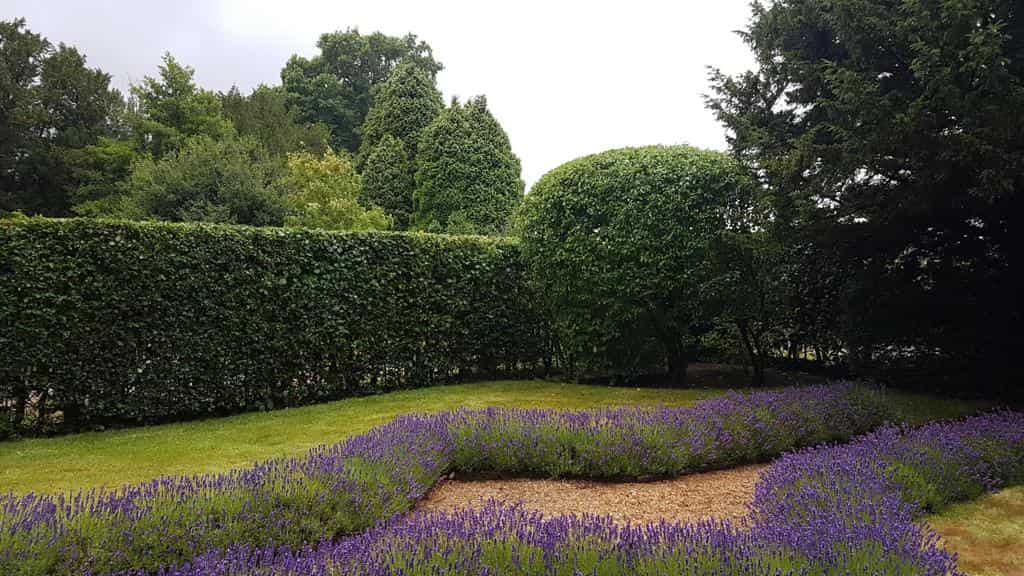Trees are an invaluable part of any landscape, providing shade, beauty, and ecological benefits. However, maintaining their health and structure sometimes requires careful intervention. Crown reduction, a professional pruning technique that reduces the overall size of a tree’s canopy, can be highly beneficial in preserving both the health of the tree and the safety of its surroundings. At LM Tree Surgery Lee-on-the-Solent, we specialise in crown reduction for trees across Lee-on-the-Solent, Hampshire, helping homeowners maintain vibrant and well-structured trees. Here are the top signs that your tree might benefit from crown reduction.
1. Excessive Branch Growth or Height
One of the most common reasons for crown reduction is when a tree’s growth becomes excessive. Overly tall trees or those with sprawling branches can pose structural risks and become difficult to manage.
- Height and Stability: When a tree grows too tall, especially in areas prone to high winds, the risk of damage to the tree increases. Crown reduction helps reduce height safely, maintaining a balanced structure that minimises the chance of breakage in strong winds.
- Overextended Branches: Branches that grow excessively long or heavy can compromise the tree’s structural integrity. Crown reduction helps to redistribute weight and keep branches more compact, reducing stress on the trunk and improving stability.
If your tree has grown significantly taller than expected or developed an extensive canopy, crown reduction can help restore balance and ensure the tree remains safe and stable.
2. Proximity to Buildings, Power Lines, or Pathways
Trees that grow near buildings, power lines, or pedestrian areas need regular monitoring and maintenance to ensure they do not become hazardous.
- Preventing Building Damage: Large branches that overhang a home or structure can cause damage if they break or brush against windows, walls, or roofs. Crown reduction reduces the risk of these branches becoming too close to your property.
- Clearing Power Lines: Trees growing near power lines can disrupt electricity and pose a danger during storms. Crown reduction keeps branches at a safe distance from power lines, helping to prevent outages and safety risks.
- Maintaining Pathway Access: Low-hanging branches can obstruct pathways or driveways, making it difficult or unsafe to access these areas. Crown reduction removes excessive growth, ensuring clear access for pedestrians and vehicles.
If your tree’s branches are encroaching on structures or public areas, crown reduction can enhance safety and accessibility around your property.
3. Increased Light and Airflow Needs
Dense tree canopies can block sunlight and limit airflow, affecting both the tree’s health and the plants growing beneath it.
- Enhancing Understory Growth: Trees with dense canopies often restrict sunlight to grass, flowers, or other plants growing below, hindering their growth. Crown reduction helps thin out the canopy, allowing more light to reach the lower levels of your garden.
- Improving Air Circulation: Limited airflow within a dense canopy can lead to an increase in humidity, creating an environment where pests and diseases thrive. By reducing crown density, airflow is enhanced, which helps lower the risk of fungal growth and other issues.
If your garden appears overly shaded or plants are struggling to grow beneath a dense tree canopy, crown reduction can improve light and airflow, promoting a healthier garden environment.
4. Signs of Tree Stress or Disease
Crown reduction can be a proactive measure for managing a tree that shows signs of stress or disease, such as deadwood or discoloured leaves.
- Reducing Dead or Diseased Branches: Branches affected by disease or decay can pose a threat to the entire tree. Crown reduction allows for the removal of affected branches, improving the overall health of the tree and preventing the spread of disease.
- Minimising Nutrient Demand: By reducing the canopy, the tree’s demand for water and nutrients decreases, helping it to recover from stress or nutrient deficiencies. This process supports the tree’s overall health and encourages more resilient growth.
If your tree is struggling with disease or showing signs of stress, crown reduction may be a useful step towards promoting recovery and maintaining a balanced structure.
5. Enhancing Aesthetic Appeal
Trees often play a central role in a property’s landscape, and crown reduction can help maintain a well-kept, attractive appearance that enhances your garden’s overall look.
- Restoring Symmetry and Shape: Over time, trees may develop an uneven canopy due to natural growth patterns or weather damage. Crown reduction helps restore a balanced shape, ensuring the tree looks proportional and enhances the visual harmony of your landscape.
- Creating a Tidy Appearance: Crown reduction removes excess branches that may make a tree appear unkempt or overwhelming in smaller gardens. This technique leaves the tree looking tidy and well-maintained, complementing the aesthetics of the surrounding space.
If your tree’s appearance has become unruly or out of sync with the rest of your landscape, crown reduction offers an effective way to maintain a pleasing, balanced structure.
Conclusion
Crown reduction is a valuable tree maintenance technique that addresses several important aspects of tree health and safety. From managing height and enhancing stability to improving light access and aesthetics, crown reduction offers numerous benefits for homeowners. At LM Tree Surgery Lee-on-the-Solent, we are dedicated to providing expert crown reduction services in Lee-on-the-Solent, Hampshire, ensuring each tree is well-maintained and positioned to thrive.
If you’ve noticed any of these signs in your tree, it may be time to consider crown reduction. Contact us today to schedule an assessment and find out how our professional tree surgery services can help keep your trees healthy, safe, and beautiful for years to come.
Call us on: 023 8235 6393
Click here to find out more about LM Tree Surgery Lee-on-the-Solent
Click here to complete our contact form and see how we can help with your tree needs.

